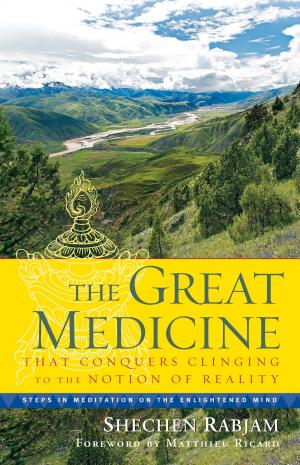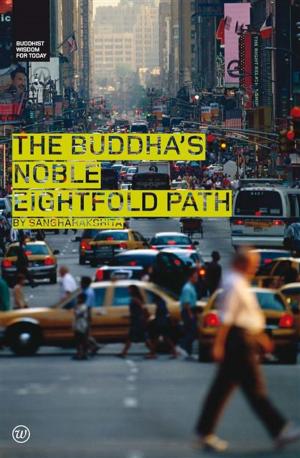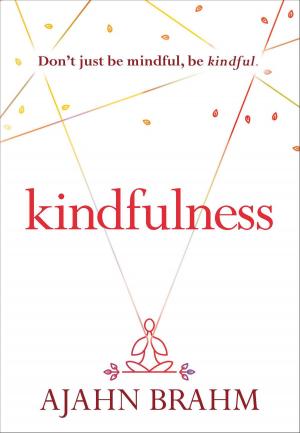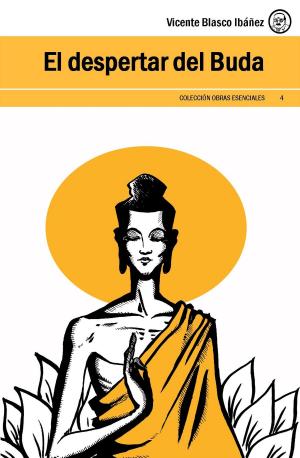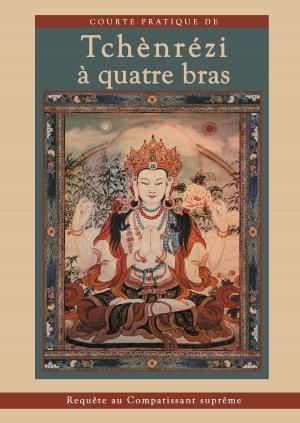| Author: | Eric Van Horn | ISBN: | 9781311168450 |
| Publisher: | Eric Van Horn | Publication: | September 16, 2015 |
| Imprint: | Smashwords Edition | Language: | English |
| Author: | Eric Van Horn |
| ISBN: | 9781311168450 |
| Publisher: | Eric Van Horn |
| Publication: | September 16, 2015 |
| Imprint: | Smashwords Edition |
| Language: | English |
Starting with the first time that you sit down to meditate, the Travel Guide to the Buddha’s Path takes you all the way to the end of the path. It starts with how to establish a physical posture, a daily meditation routine, breath meditation, and how to end your sitting. This helps you establish a sense of well-being.
Next it goes into the wisdom teachings of the Buddha: the Four Noble Truths, virtue, karma, causality, and the “Three Marks” of existence: stress, impermanence, and non-self. This gives you a foundation and framework for your meditation.
A common problem for meditators is how to integrate a meditation practice into daily living. There are discussions of how to relate to money, politics, eating, romantic relationships, and community. There is an enhanced discussion of right speech, as well as the daunting challenges of aging, illness, and death.
Finally, there are descriptions of mindfulness - the Four Foundations of Mindfulness and Mindfulness of Breathing – concentration – the four material jhānas and the immaterial attainments – and the Buddhist cosmology and awakening.
The Travel Guide to the Buddha’s Path shows how the different teachings of the Buddha interweave to form a whole fabric. The Buddha’s discourses are extensively quoted so you can see what he said, what he taught, and how he taught it. The human mind has not changed in 2400 years, and the Buddha’s message still works for attaining greater happiness and final liberation.
Starting with the first time that you sit down to meditate, the Travel Guide to the Buddha’s Path takes you all the way to the end of the path. It starts with how to establish a physical posture, a daily meditation routine, breath meditation, and how to end your sitting. This helps you establish a sense of well-being.
Next it goes into the wisdom teachings of the Buddha: the Four Noble Truths, virtue, karma, causality, and the “Three Marks” of existence: stress, impermanence, and non-self. This gives you a foundation and framework for your meditation.
A common problem for meditators is how to integrate a meditation practice into daily living. There are discussions of how to relate to money, politics, eating, romantic relationships, and community. There is an enhanced discussion of right speech, as well as the daunting challenges of aging, illness, and death.
Finally, there are descriptions of mindfulness - the Four Foundations of Mindfulness and Mindfulness of Breathing – concentration – the four material jhānas and the immaterial attainments – and the Buddhist cosmology and awakening.
The Travel Guide to the Buddha’s Path shows how the different teachings of the Buddha interweave to form a whole fabric. The Buddha’s discourses are extensively quoted so you can see what he said, what he taught, and how he taught it. The human mind has not changed in 2400 years, and the Buddha’s message still works for attaining greater happiness and final liberation.





